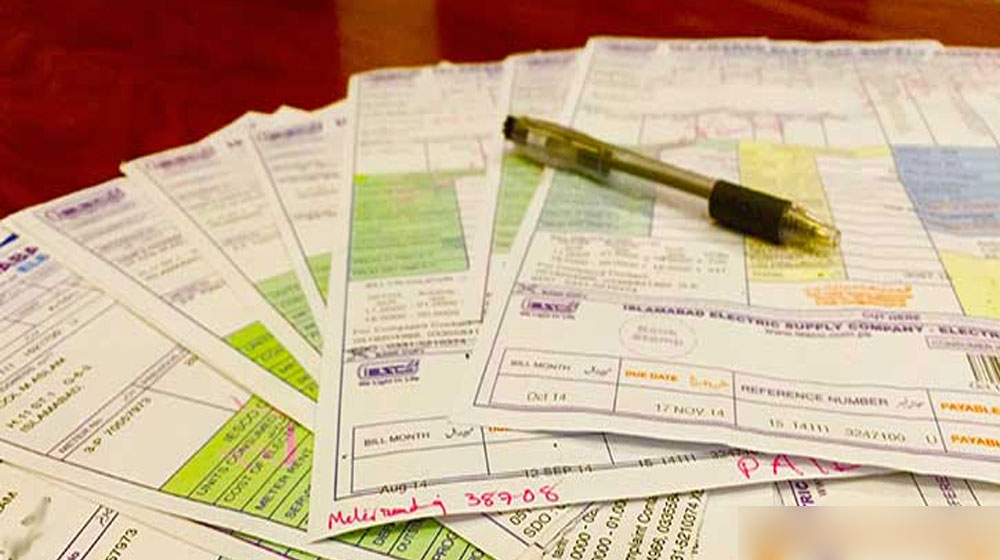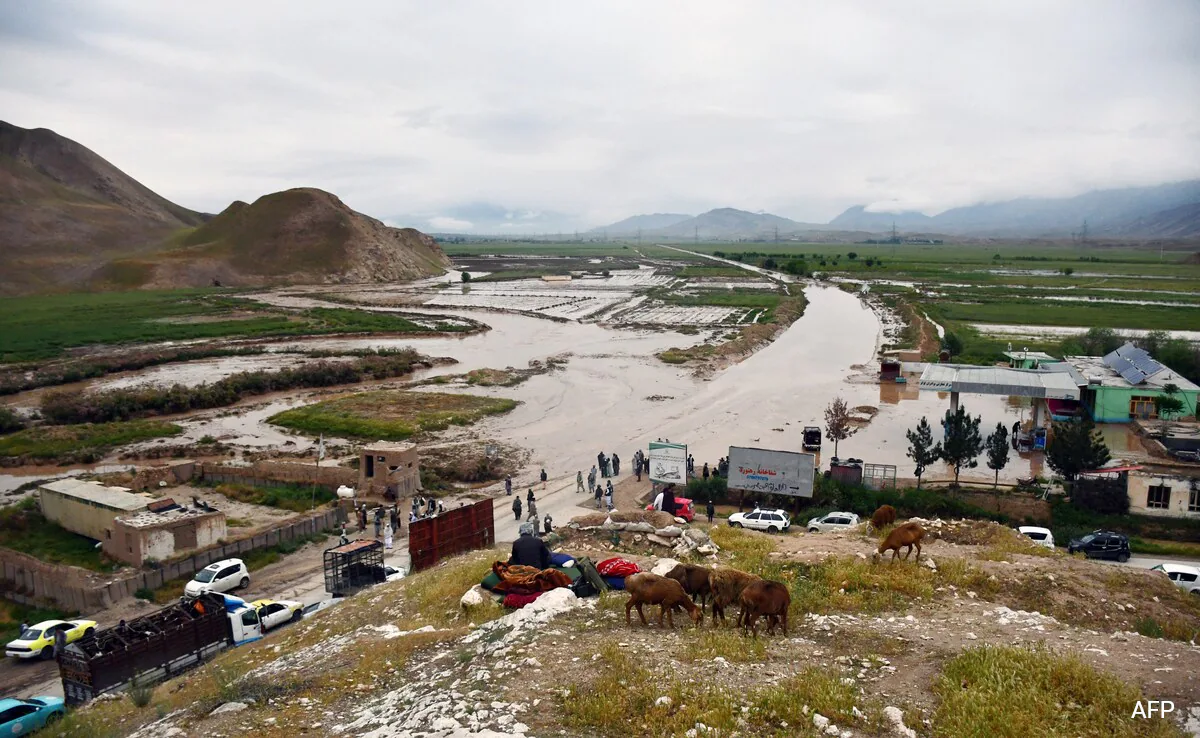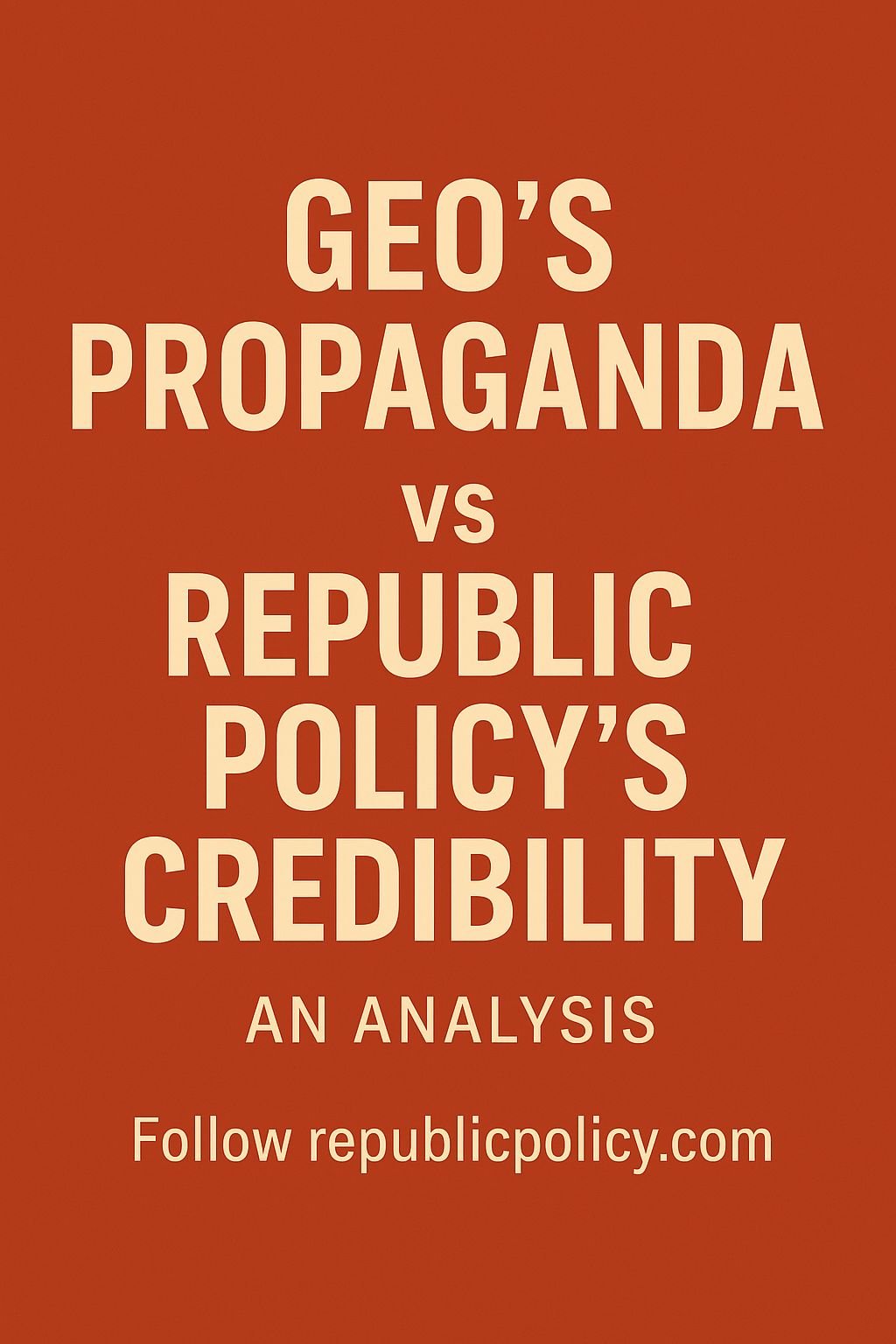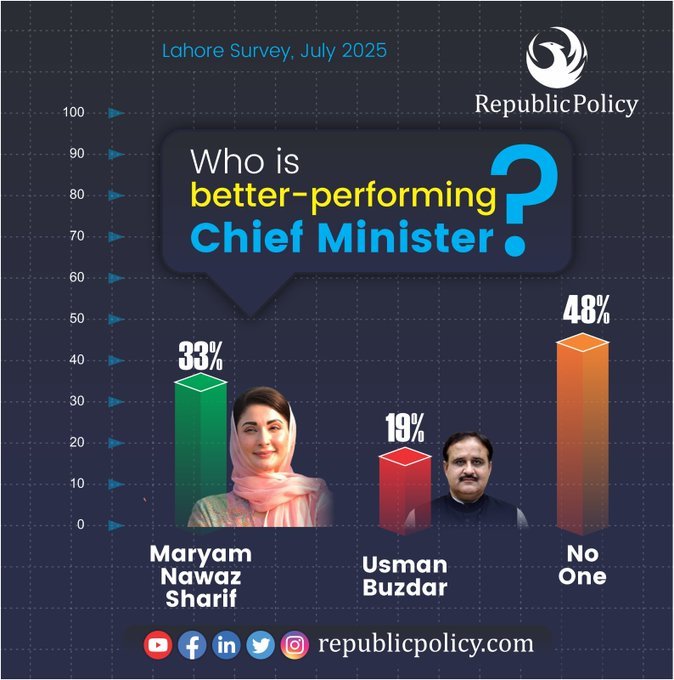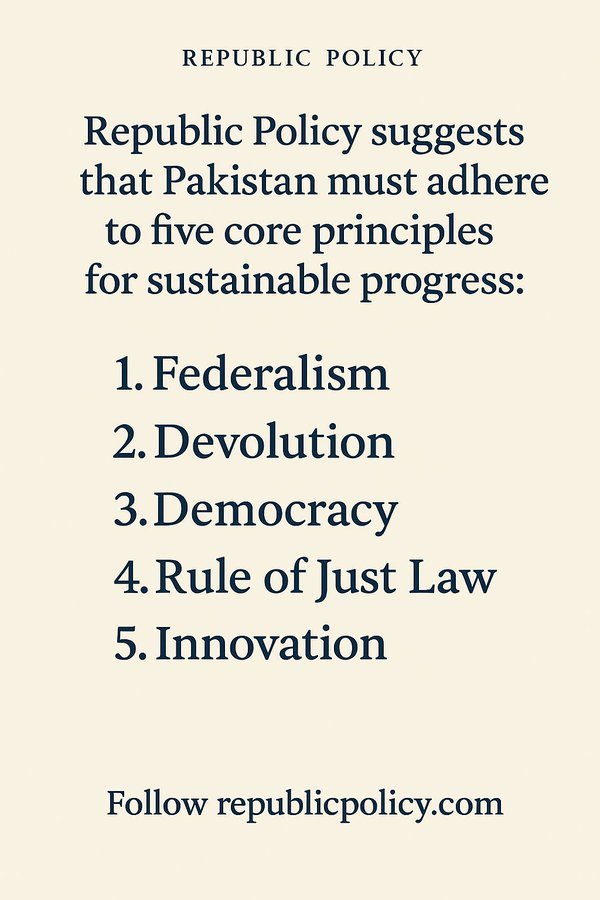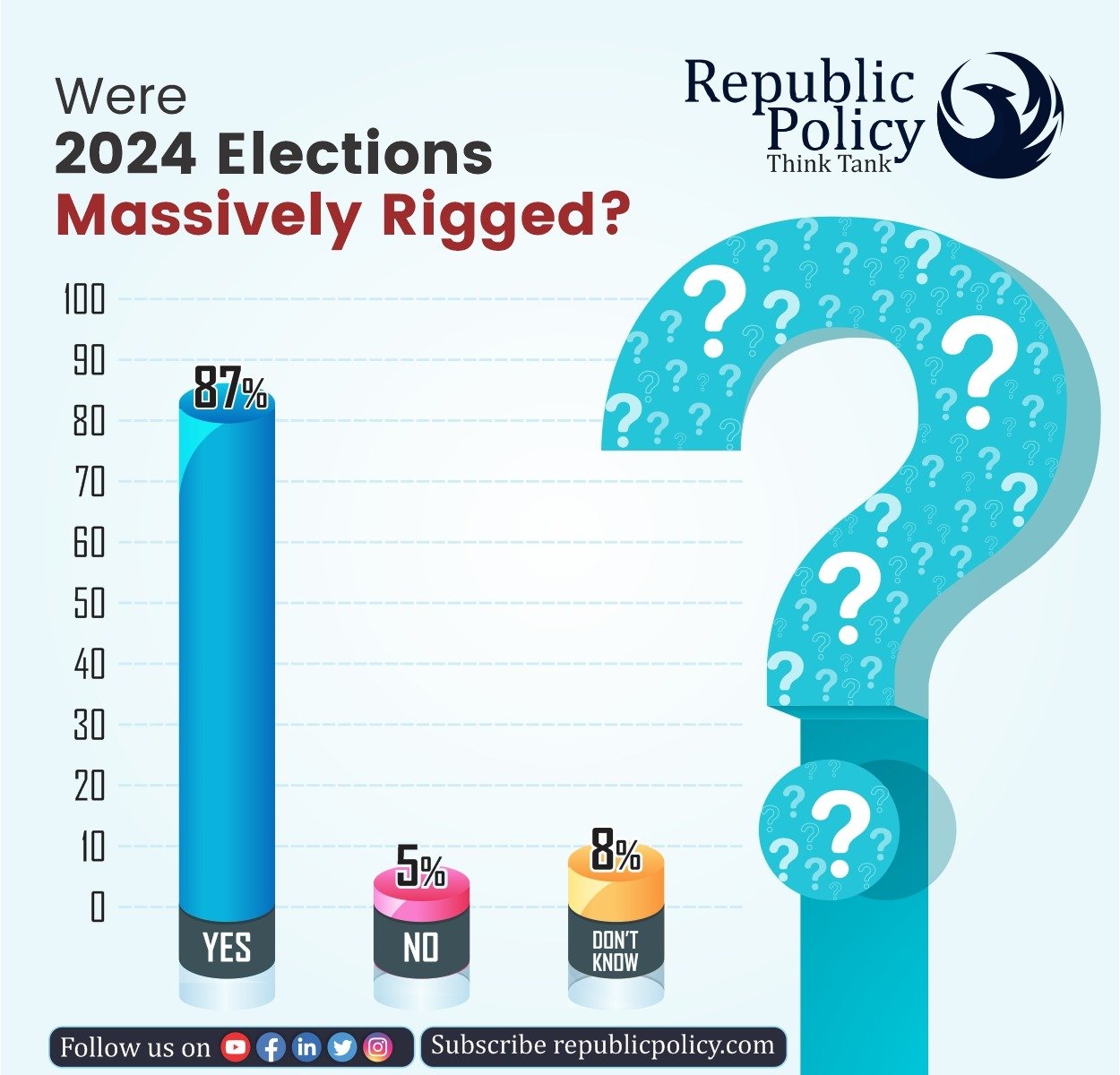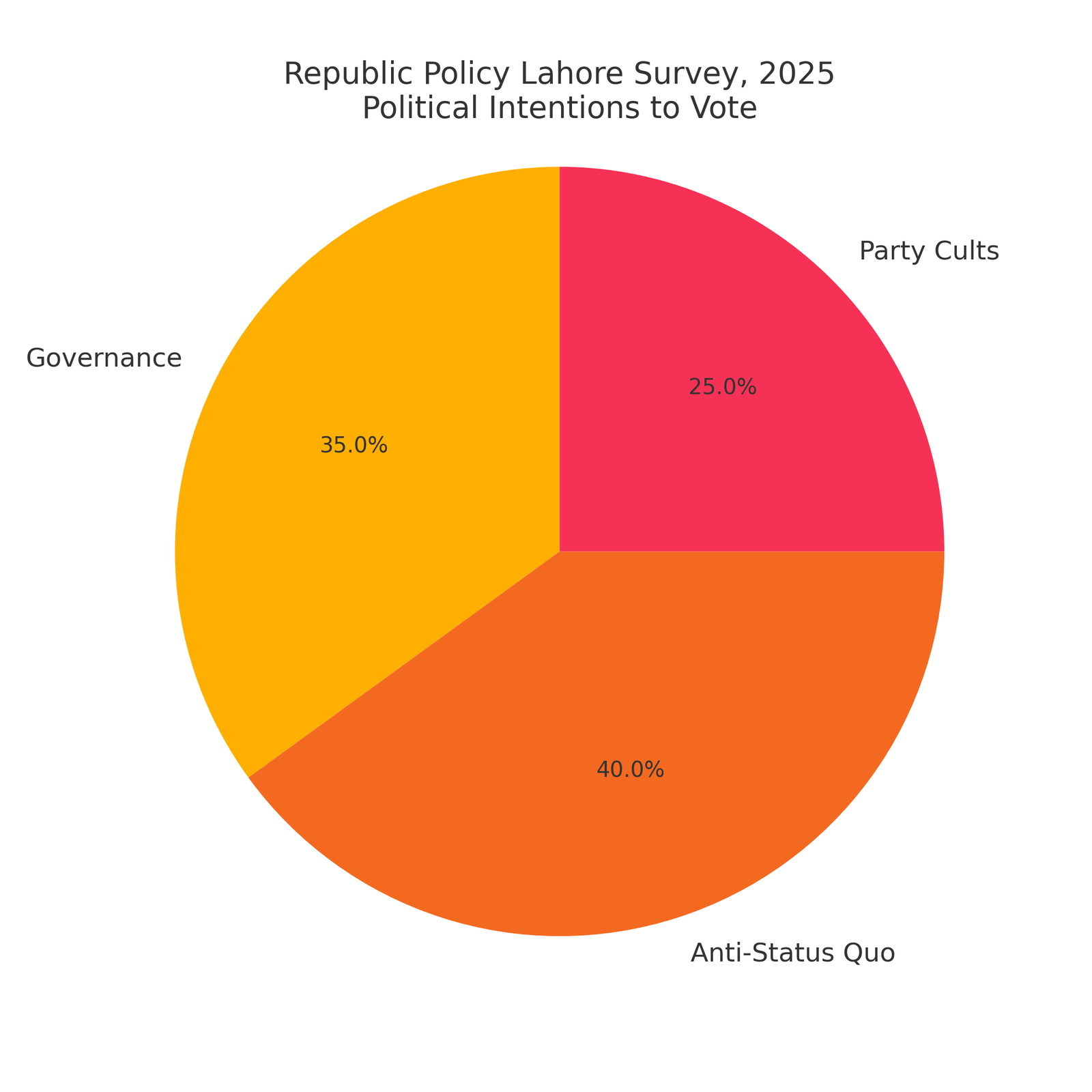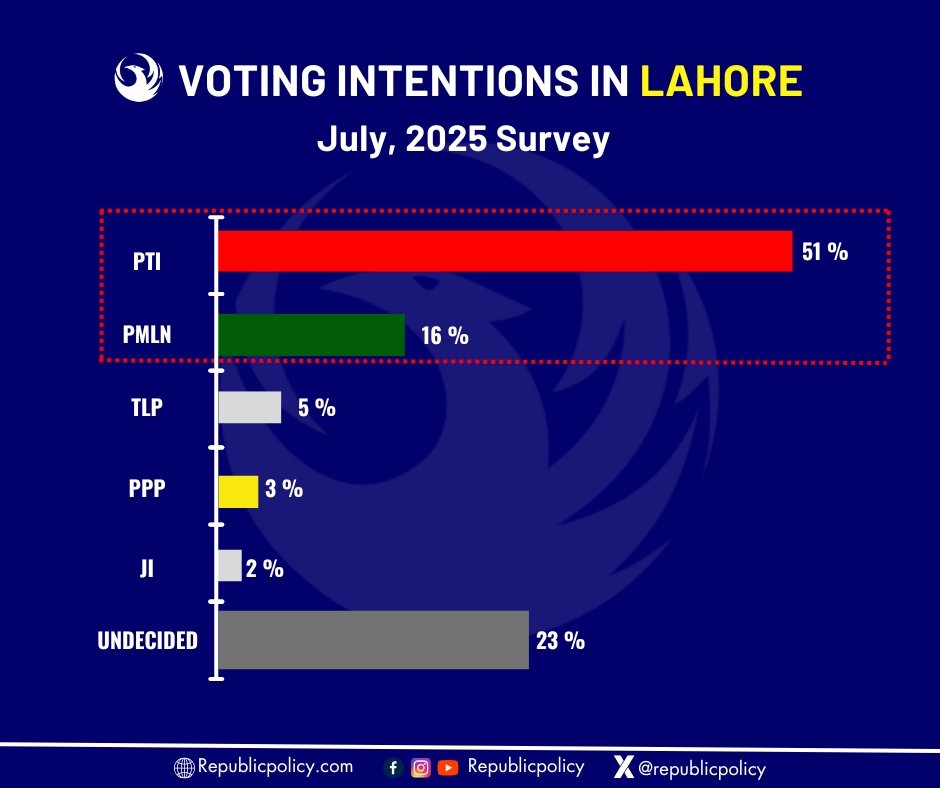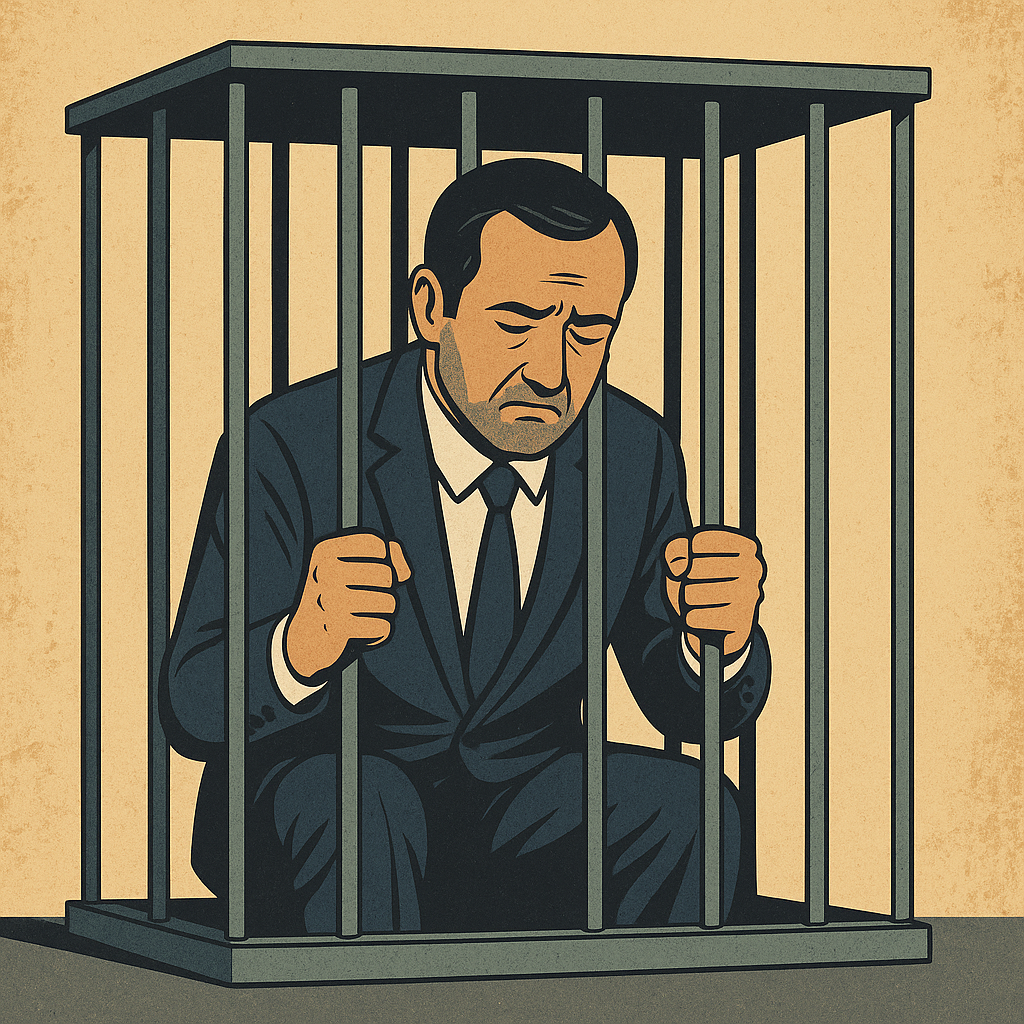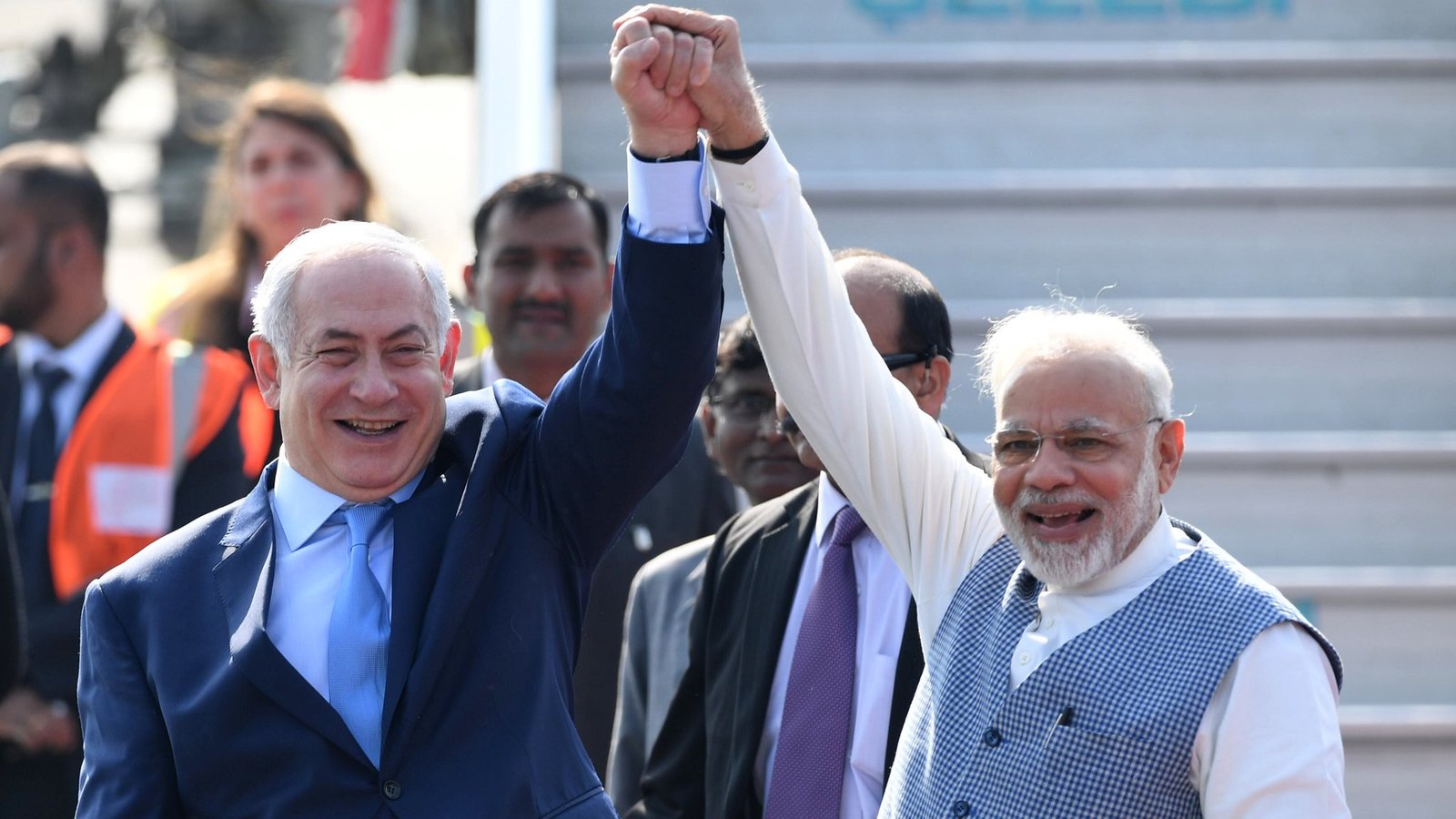Arshad Mahmood Awan
Electricity in Pakistan is not uniformly costly, with some consumers paying nothing or a minimal charge, while others face a substantial cost. This disparity, often referred to as the ‘children of a lesser god’ phenomenon, is a significant issue that needs to be addressed. The burden of high electricity costs falls disproportionately on non-privileged consumers, exacerbating their financial struggles and hindering their socio-economic progress.
The first privileged category is made up of consumers who do not pay for the electricity they consume. DisCos’ average T&D losses, according to the power regulator Nepra’s report, are 16.45%, compared to Nepra’s benchmark of 12% and a global benchmark of 6-7%. The recovery rate is 92% compared to Nepra’s benchmark of 100%. This means that if 100 units are generated, after adding transmission losses, DISCOs receive payment of only 73-74 units, and the remaining 20 units are paid by regularly paying consumers (mostly middle-class, commercial, and industrial users). The majority of this delta is due to energy theft by a certain segment of consumers, which ultimately results in an ever-increasing circular debt.
The second privileged category (or least privileged in the broader sense) is made up of protected consumers, who are typically low-income households, and agriculture consumers who consume less than 200 units and are charged a maximum of Rs. 10/Kwh instead of the national average determined tariff of approximately Rs. 30/Kwh. This consumer category does not contribute to periodic tariff adjustments called fuel adjustments and quarterly adjustments. The differential is paid through a subsidy mechanism, which comprises two parts: government subsidies of around Rs. 150 billion and cross-subsidies of around Rs. 550 billion for the current fiscal year.
Although the lower segment of society should be protected, it is observed that the protected consumer category is exploited by both electricity and gas consumers. It is suggested that the government should disburse direct cash subsidies under BISP (Benazir Income Support Programme), a social protection program aimed at providing financial assistance to the poor, or any other social protection mechanism instead of creating these protected consumer categories in the electricity tariff.
The third privileged category is net metering consumers, who become privileged due to governance inefficiencies and wrong broader policies, especially surplus generation capacity. After installing an on-grid solar system, net metering consumers can net off their electricity from the grid and do not have to pay any bills except for peak hours. This aspect is very debatable and has its pros and cons, but the ultimate fact is that these consumers do not contribute much towards the capacity burden, the portion of the tariff that covers the cost of maintaining the electricity generation and distribution infrastructure, which is around 60% of our tariff. There can be a debate on the rationale of installing such high capacity, but the ultimate reality is that this capacity burden exists and has to be paid by other consumers who use the grid as their main source (broadly consumers using 300 units and above, especially on ToU (Time of Use) mechanism, either residential, commercial, or industrial).
The fourth privileged consumer category is government officials, including elected representatives and civil servants, who receive free or subsidized units of electricity and ultimately burden the tax-paying citizens of Pakistan. Another addition is that captive generation consumers have a parallel grid connection. The government has installed certain capacities considering these consumers as potential users, but due to captive being a cheap generation source, these consumers also do not contribute much towards the capacity component cost of the national grid.
The remaining electricity consumers bear all the burden of electricity costs and are most impacted by high electricity costs. They are consumers from non-protected, non-net metered categories, industry, and commercial categories. If we analyze category-wise, in the first case, due to all the losses and inefficiencies, circular debt continues to pile up. The government, in the running fiscal year, has levied a Power Holding Surcharge (Financial Surcharge), an additional charge on electricity bills, of Rs. 3.43/kWh to pay the interest of circular debt parked in PHL (Power Holding Limited) on consumers who are already paying their bills regularly and on time.
In the second scenario, a consumer has to pay extra in lieu of cross-subsidy, a financial mechanism where one group of consumers pays a higher price to subsidize another group, (80% by industry & commercial and 20% by domestic) to support the protected consumer category. On top of that, these consumers have to pay an 18% GST on this cross-subsidy. Similarly, in the third category, again, the burden of capacity payments for the major part of those consumers who have installed solar panels through net metering is borne by those consumers who have not installed net-metered solar panels.
The government needs to step in urgently and ensure that electricity tariffs are equitably applied to all consumer segments. The current discriminatory system is not only unjust but also hampers the country’s economic growth. It is suggested that a two-part tariff arrangement, mirroring the generation tariff, will reduce substantial discrimination and result in a more equitable tariff mechanism. The need of the hour is to remove all these inefficiencies to make electricity more economical and accessible for all consumer segments.



